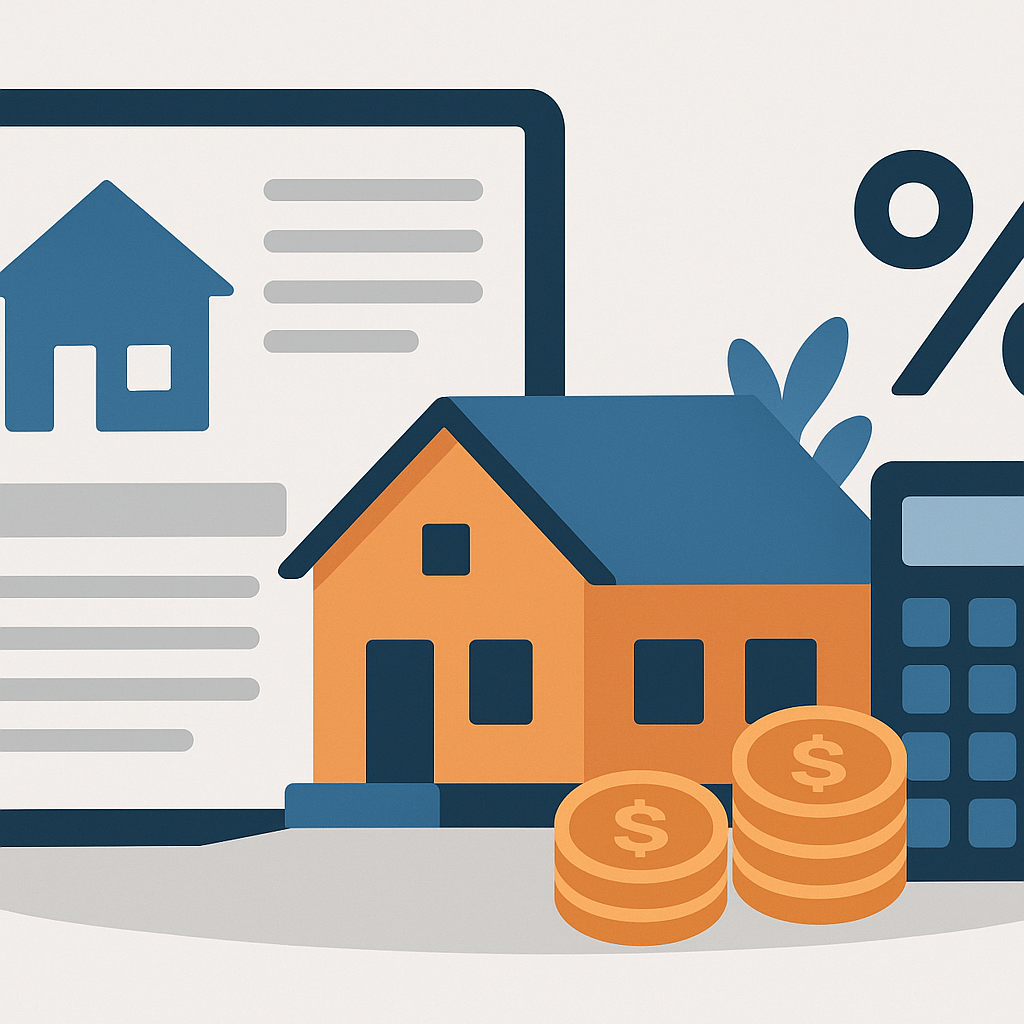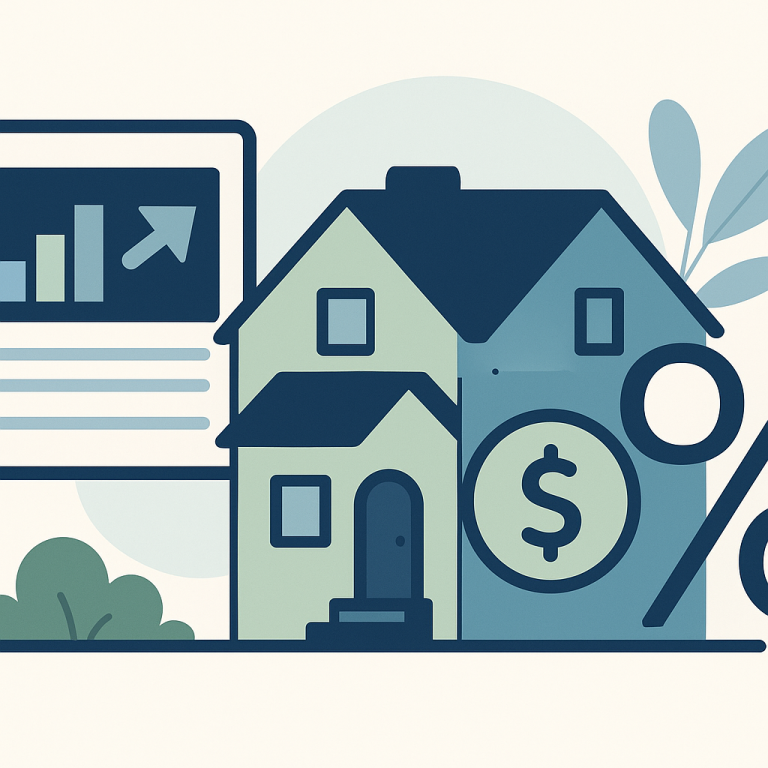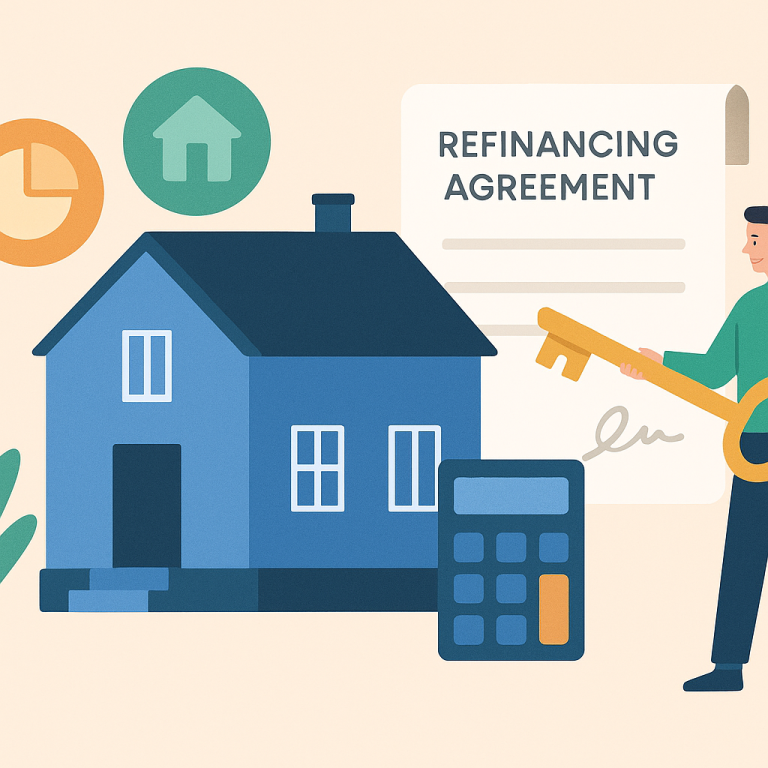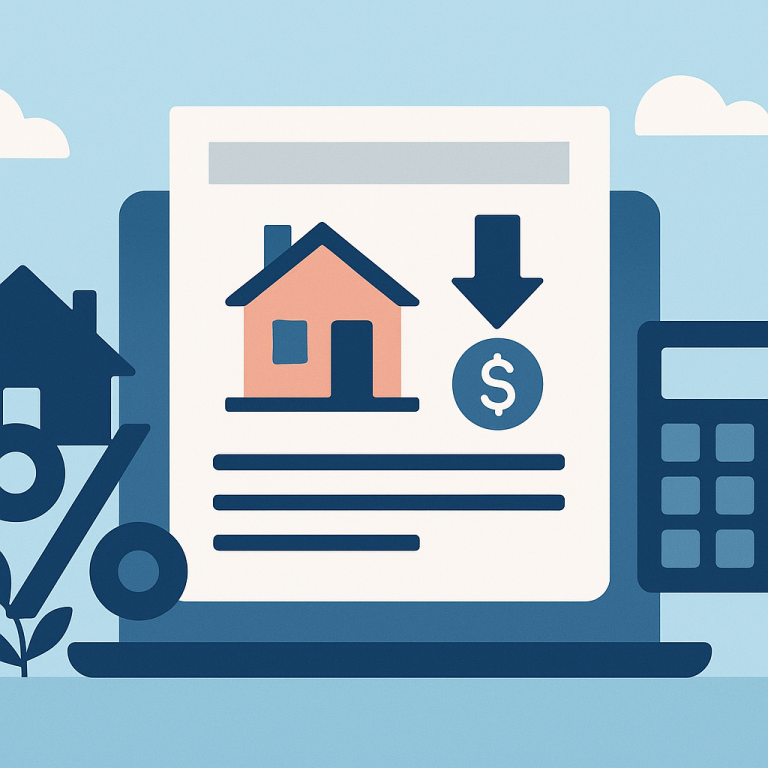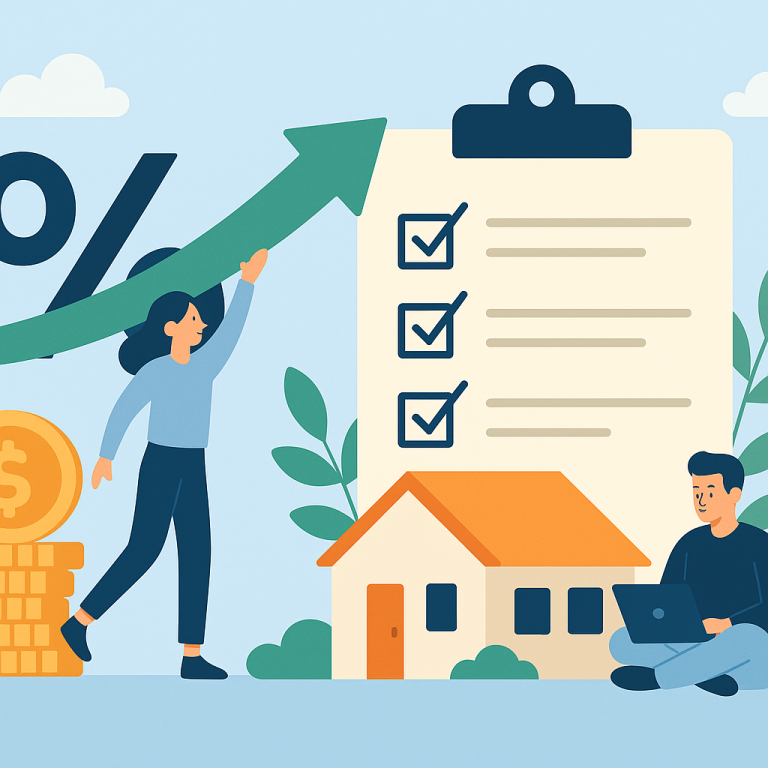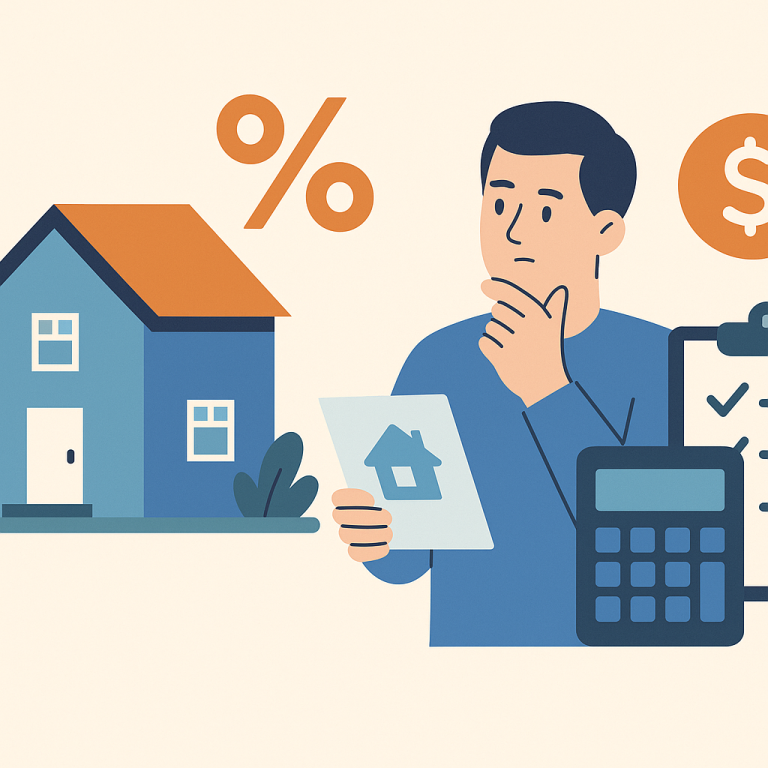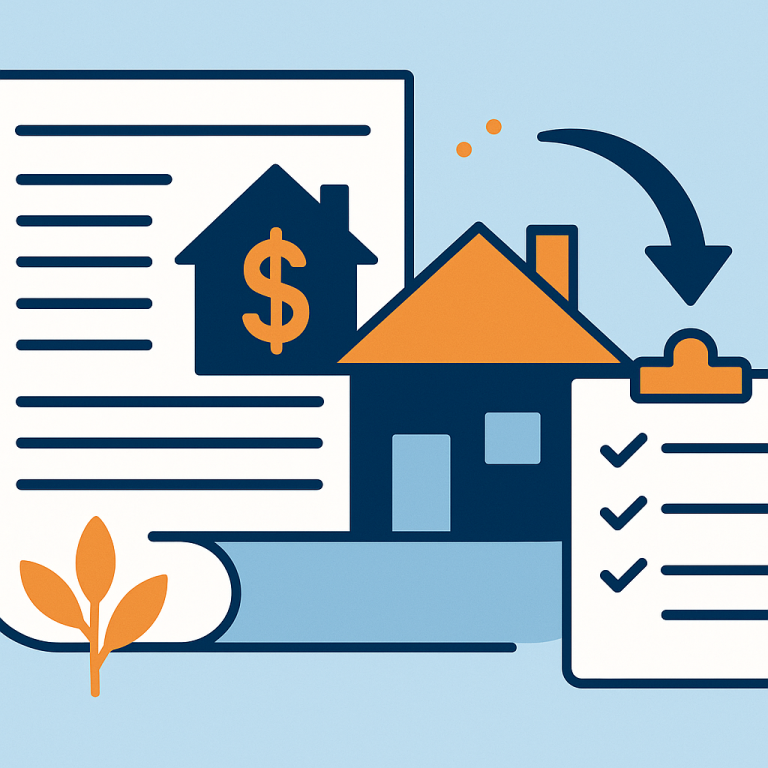Major Mortgage Lender Cuts Refinance Fees, Saving Borrowers About $1,200 Each
At a glance: Lower refinance fees and closing costs and how it could affect refinancing decisions.
Lenders have cut refinance origination fees, reducing closing costs and shortening breakeven timelines for many borrowers.
What Lower Refinance Fees Mean for Borrowers
Homeowners considering refinancing face two common strategies: lowering the interest rate or shortening the loan term. With current market conditions producing mixed pressure on rates, one clear angle stands out for many borrowers — refinancing to a shorter-term mortgage to reduce total interest paid and accelerate equity building. This approach does not always produce lower monthly payments, but it can be financially efficient for households prioritizing long-term savings over short-term cash flow.
Refinancing to a shorter term typically means replacing a longer mortgage with one that finishes sooner while possibly keeping or slightly lowering the interest rate. The result is a higher monthly payment but less interest paid over the life of the loan and faster principal reduction. For homeowners with stable income and sufficient reserves, this trade-off can be attractive, particularly if the household plans to stay in the home for several years.
Key factors that determine whether a term-shortening refinance makes sense include closing costs, current loan rate, the rate available on the new term, the remaining balance and years on the existing loan, and the homeowner’s expected time in the property. Closing costs can offset near-term savings, so the math hinges on how quickly the borrower will recoup those costs through lower total interest. Credit profile and loan-to-value also influence the rates available, which affects the overall benefit.
- Break-even horizon: Estimate how long it will take for lower lifetime interest to outweigh refinance costs. If you expect to stay beyond this period, the refinance is likelier to be beneficial.
- Monthly budget impact: Shortening the term raises monthly payments. Confirm that increased payments fit comfortably into your budget and contingency plans.
- Equity acceleration: A shorter term shifts more payment toward principal sooner, which can be valuable for homeowners who want to build equity quickly or prepare for a future sale.
- Rate environment and timing: If available interest rates on shorter terms are competitive relative to your current rate, the case for refinancing strengthens; if not, other strategies may be preferable.
Alternative moves may achieve similar goals with different trade-offs. Recasting an existing mortgage (if the lender allows it) lowers monthly payments without the cost of a full refinance by applying a lump-sum principal payment. A home equity line of credit or a second lien can free cash for targeted projects while preserving the first mortgage’s terms. Each option carries distinct costs and risks and should be compared to a term-shortening refinance.
Practical steps for homeowners considering a shorter-term refinance include obtaining several loan estimates, running a break-even analysis that includes all fees, and stress-testing the household budget against higher payments. Talk with lenders about adjustable-rate versus fixed-rate possibilities for shorter terms, and confirm whether prepayment penalties or other loan features will affect the refinance calculus.
Ultimately, refinancing to a shorter mortgage term is a strategic choice best suited to homeowners who value long-term savings and equity growth and who can absorb higher monthly payments. For those focused on lowering immediate outlays, other refinancing objectives or loan products may be more appropriate.
Homeowner takeaways:
- Run a break-even analysis that includes closing costs and your expected time in the home.
- Confirm the new monthly payment fits your budget under different income scenarios.
- Compare a term-shortening refinance to alternatives like recast options or HELOCs.
- Gather multiple loan estimates and review fee and rate differences carefully.
META: refinancing, mortgage strategy, shorter term, break-even, homeowner takeaways

